MEP Warns Against Manipulating Consumers with Incomplete Product Information
ZAGREB, 10 Sept 2021- Labelling products made with imported raw materials 'local' is perfidious manipulation of consumers, European Parliament member Biljana Borzan said on Friday, after her amendments for more transparent labelling of products in the EU were adopted by the competent EP committees.
The EP committees on environment, public health and food safety and on agriculture and rural development on Friday stated their position on the European Commission's proposal for the From Farm to Fork strategy and adopted amendments put forward by Borzan, a Croatian Social Democrat who is the Socialists' rapporteur on the strategy.
Borzan asked in her amendments that the system of identifying the origin of raw materials on food products in the EU be changed to include the name of the country of origin, the exact content of honey from the EU in relation to third countries, such as China, and more visible identification of the origin of primary raw materials on food products sold on the EU market.
"Producers use the fact that in each member-country, including Croatia, 70% or more citizens prefer local products to make them believe that they have bought local products," Borzan told a news conference in Zagreb.
"I am not denying producers the right to import raw materials if there is not a sufficient amount of the raw materials they need in Croatia, but consumers must be aware of that and must not be misled," she said.
The current practice is to label a product on the front of the packaging "local, Slavonian, Dalmatian, Istrian, etc." while on the back of the packaging the country of origin of the raw material other than Croatia is put in small print, she said.
If, for example, the Slavonian kulen salami is made from imported meat, that information should be clearly visible on the packaging, she said, noting that currently information on the country of origin is necessary only for products such as fresh and frozen meat, fish and eggs but not for smoked and cured meats, milk and dairy products, which are labelled only "made in the EU", which Borzan believes should be changed.
The SDP MEP thanked former Croatian MEP Ruža Tomašić for ensuring support of her political group (European Conservatives and Reformists) for her amendments, recalling also the contribution to the EP's position of Croatian MEPs Tonino Picula, Sunčana Glavak and Ivan Vilibor Sinčić.
MEP Picula's amendments to contribute to consumption of locally produced food
Amendments by Croatian member of the European Parliament Tonino Picula to the EU's From Farm to Fork Strategy, which were adopted on Friday by the EP committees on environment, public health and food safety and on agriculture and rural development, will contribute to tourists consuming local food, which will help small family farms and rural areas in Croatia, Picula's office said after the vote on the strategy before the two EP committees.
"Protection of small local producers in the supply chain as well as consumption of local and fresh organic food is a guarantee of the long-term survival of our family farms and consequently the survival and prosperity of rural areas," Picula said.
For more on politics, CLICK HERE.
Croatia Agriculture Production Grows by 1 Billion Kuna in 2020
January 7, 2021 – Within the last month, TCN was pleased to report that Croatia agriculture and food exports had jumped considerably in 2020, while imports of the same had fallen. The success of Croatia agriculture in 2020 has been confirmed by a new report which shows that the industry has grown by almost one billion kuna in a year
The success of the Croatia agriculture sector in 2020 was detailed in a report by Smarter, a consulting company specialising in the agriculture and food industry. Vecernji List published their coverage of the report in recent days.
In the report, figures show that the value of Croatia agriculture production increased by 4.7% compared to the same period during the previous year. Croatia agriculture revenue, therefore, jumped from 17.9 billion HRK to 18.8 billion, an increase of almost one billion kuna. The 12 month period of Croatia agriculture used to compile the figures ends in November within each comparative year.
Figures show that Croatia agriculture experienced excellent results in crop production (wheat, soybeans, corn, etc). This contributing evidence goes some way to explain the good news TCN reported back in December that, according to the country's Central Bureau of Statistics, the total value of Croatia agriculture and food exports in the period from January to September 2020 amounted to 1.7 billion Euros, an increase of 5 percent from the same period in 2019. Within the same period, the value of agricultural and food imports into Croatia was 2.5 billion Euros, a decline of 7.3 percent from last year.
The result of the 2020 successes in Croatia agriculture has been a reduction in the foreign trade deficit by 26.6% in the agriculture and food sector. The improvement in 2020 is being partly attributed to grants and payments under the Rural Development Program (RDP), which have grown significantly creating a stimulus that in part affected the growth of the value of production and the amount that was produced. Increasing profits within the country's agriculture sector is being catalysed by adding value to the raw product which is grown here, via processing and other methods, which happens prior to export taking place.
Strongest Croatian Brands Survived and Succeeded After Independence
January 4, 2020 – A map showing production across the former Yugoslavia details the sustained prosperity of many Croatian favourites as some of the strongest Croatian brands are shown not only to have survived but have succeeded following independence
Media across Croatia, Bosnia and Serbia have surprised younger readers and reminded older readers with the publication of a map detailing production in the former Yugoslavia. While this trip down memory lane has caused a range of reactions across the countries of the former republic, looking at the map from a purely Croatian perspective gives some enlightening information. Namely, many of the strongest Croatian brands visible on the map are recognisable today. Some of the strongest Croatian brands not only survived independence but have since grown.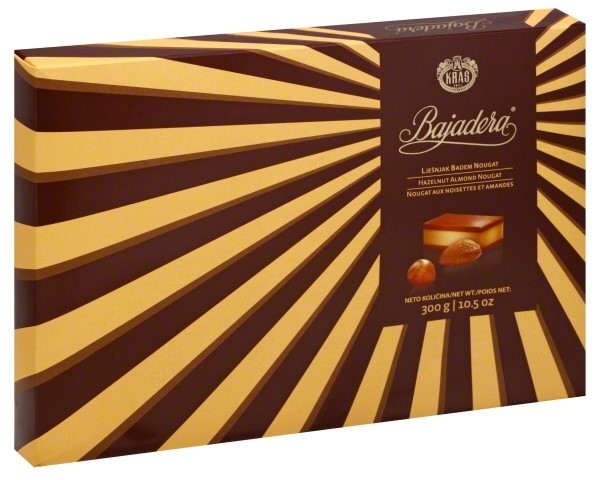
Bajadera - one of the most popular products made by Zagreb-based chocolate and confectionery manufacturers Kraš
Zagreb-based chocolate and confectionery manufacturers Kraš, Požega-based confectionery and drinks manufacturers Zvečevo, oil company INA, Koprivnica-based food company Podravka and Koprivnica-based pharmaceuticals company Belupo, vitamin drink Cedevita, Varaždin-based food company Vindija, Vukovar shoemakers Borovo, Varaždin clothes designers and manufacturers Varteks and multi-use condiment Vegeta are just some of the strongest Croatian brands that are present on the map. You are still likely to see these brand names on many Croatian high streets. Some have succeeded in reaching further into international markets since Croatian independence.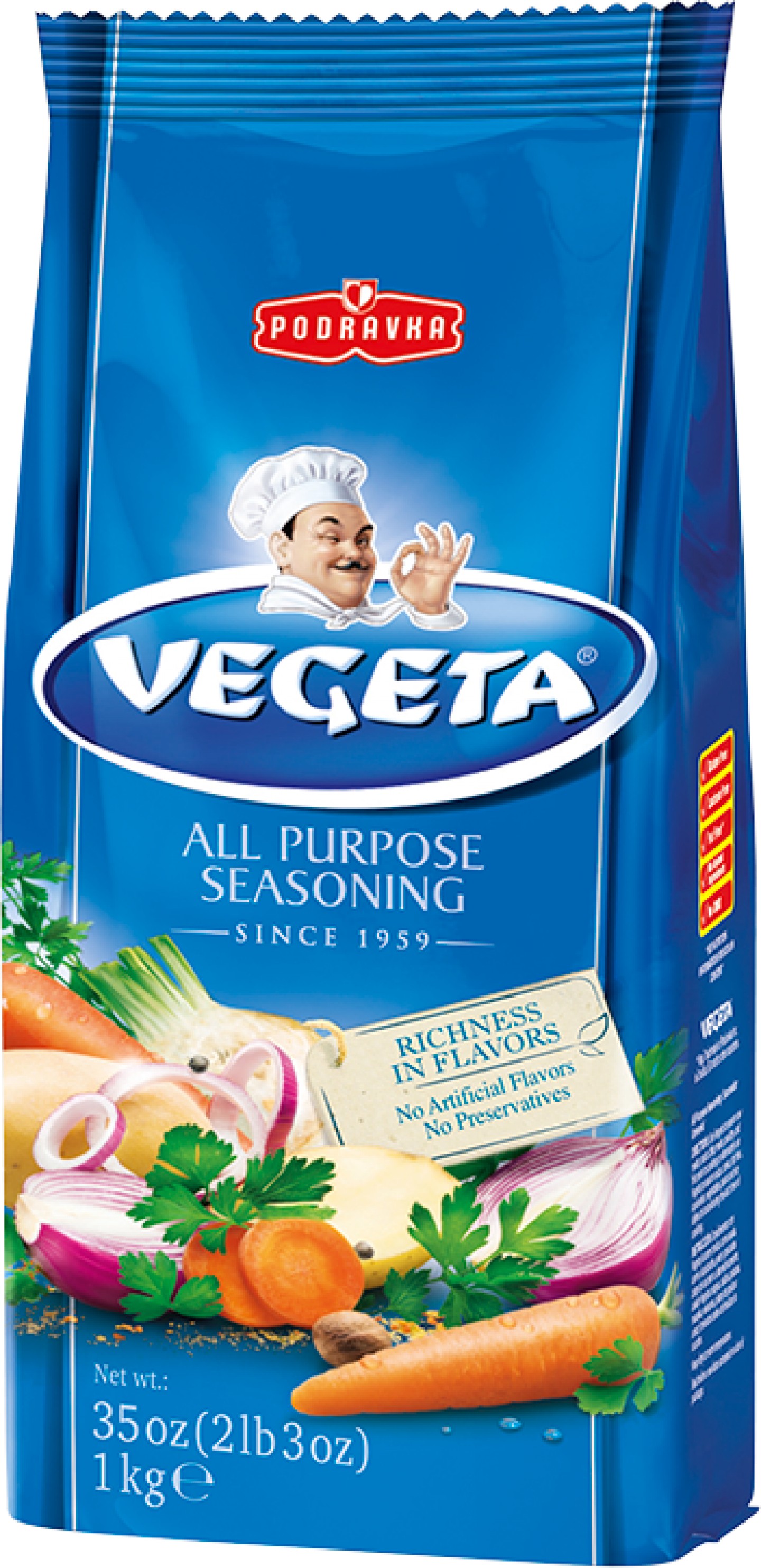 Croatian-made condiment Vegeta is sold all over the world
Croatian-made condiment Vegeta is sold all over the world
Of course, not every brand visible on the map of Yugoslavia production has fared so well. In their coverage of the map, Ri.portal reminds that “Some of the Yugoslav products were used by literally the whole world - ships, cars, planes, trucks, weapons and even computers were produced... However, many of these companies no longer exist or are bankrupt.”
In their coverage of the map, Bosnian website Klix reminds that Croatian shipyards Uljanik in Pula and 3 Maj in Rijeka were at world level and produced large ships for customers from all over the world. Split-based shipyard Brodosplit, which can also be seen on the map, survives to this day.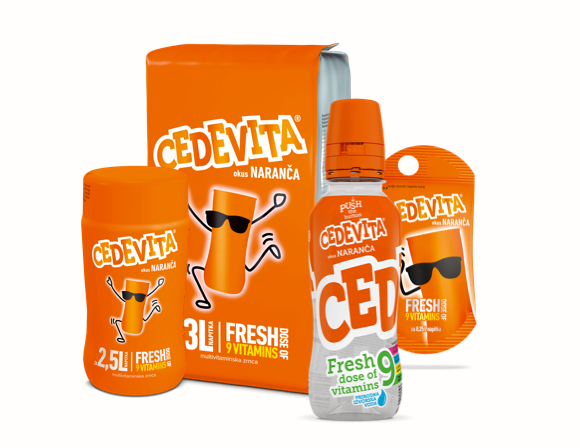
Croatian vitamin drink Cedevita comes in a range of flavours
Ri.portal goes on to remember that Yugoslavia was one of only five countries in Europe at the time that manufactured its own computers. “Probably the most famous is the Galaxy, while the first computer produced was the CER-10,” they say. One of the Yugoslav computer makers on the map, popular in the late 1970s, was Digitron, based in Buje in Istria.
Sadly, not all of the strongest Croatian brands have made it until today. Famous tractor and agriculture equipment manufacturer Tomo Vinković of Bjelovar is no longer in production. Their famously-reliable machines are much in-demand on the secondhand market. Two new tractor manufacturers, Hittner doo and the Prima tractor factory still make tractors in Bjelovar.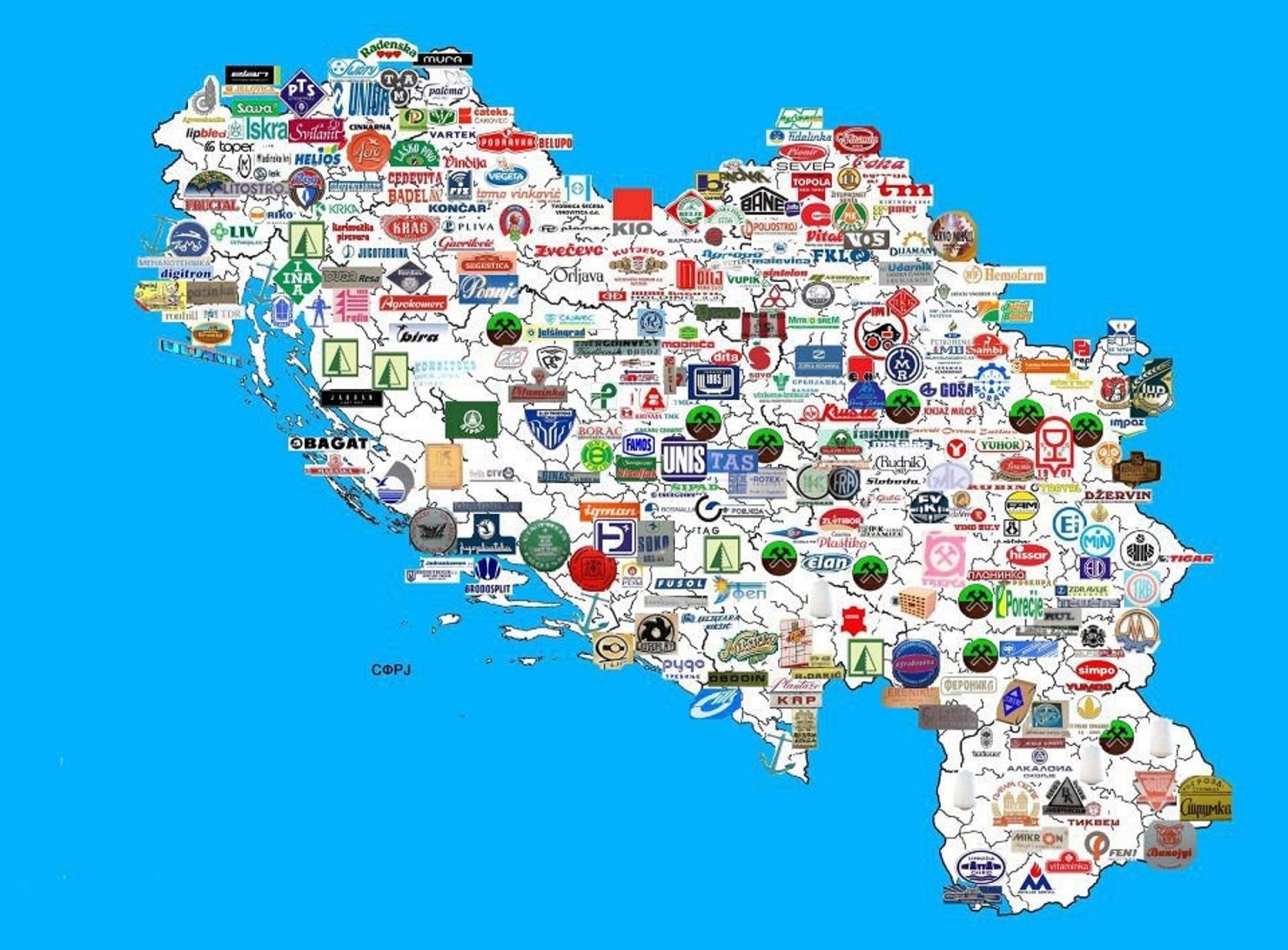
Croatia Agriculture and Food Exports Jump in 2020, Imports Fall
December 19, 2020 – A surprising success story in a difficult year as Croatia agriculture and food exports jump in 2020, while imports of the same have fallen
Good news from any place is welcome in this most difficult of years. According to provisional data from the country's Central Bureau of Statistics, the total value of Croatia agriculture and food exports in the period from January to September 2020 amounted to 1.7 billion Euros, an increase of 5 percent from the same period in 2019. Within the same period, the value of agricultural and food imports into Croatia was 2.5 billion Euros, a decline of 7.3 percent from last year.
The success of Croatia agriculture and food exports in the period means that the country's trade deficit has decreased by huge 26.6 percent compared to the same period last year. With this year's findings taken into account, the trade deficit now stands at 758.8 million Euros.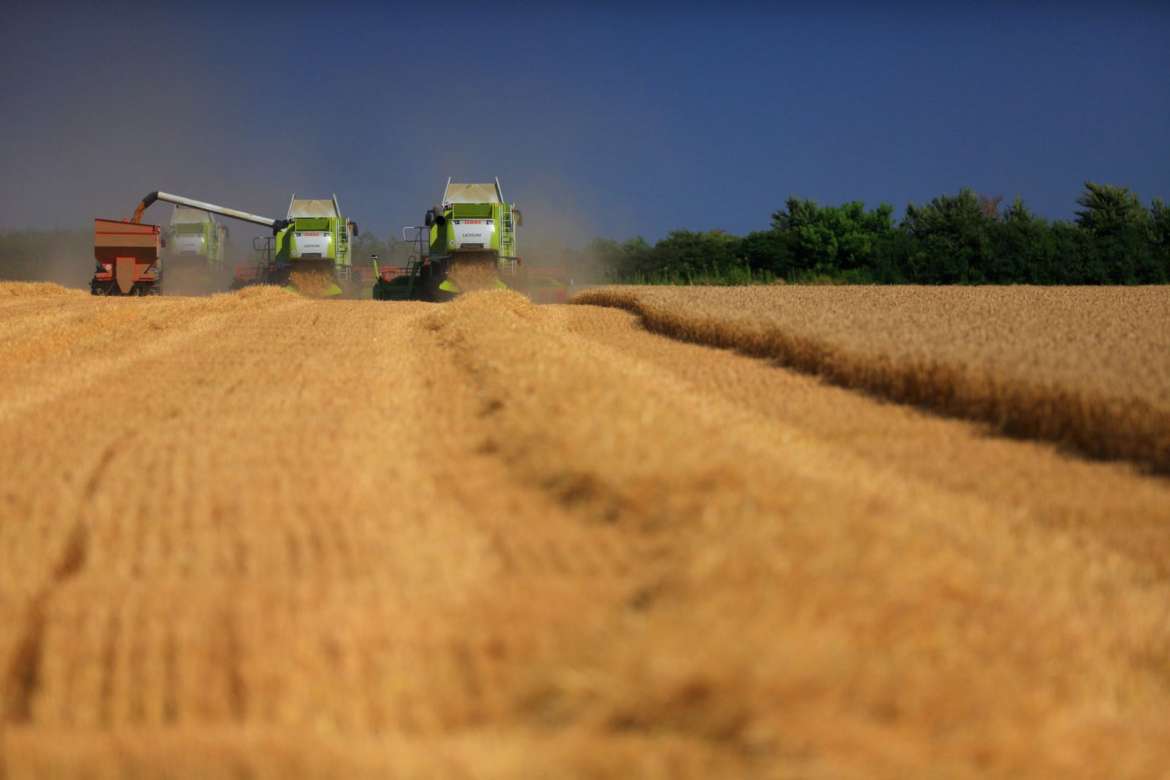 © Romulić & Stojčić
© Romulić & Stojčić
Croatia agriculture and food exports covered 69 percent of total imports this year, an increase of 8.11 percent. A total of 15.86 percent of all exports from the country come from the Croatia agriculture and food exports sector.
The most important item of production within the sector is corn, which accounts for 5.4 percent of all Croatia agriculture and food exports.
From January to September 2020, the most significant products in exports were: cereals (205.4 million Euros – a growth of a huge 62.6 million Euros); various food products (168.1 million Euros – including manufactured/processed foods like sauces, soups, ice cream, sugar products); fish and other seafood (a huge 147.4 million Euros – showing a growth of 14.5 million Euros); cereals, flour, starch or milk products; confectionery products, including chocolate (135.9 million Euros – a growth of 13.8 million Euros), and tobacco-related products (122.6 million Euros). TCN recently took a closer look at the successful and well-established Croatian chocolate industry
Other successes within 2020 Croatia agriculture and food exports were live animals, with an increase of 10.1 million Euros, and the residue and waste of the food industry, which is exported to go into prepared animal foods. The latter saw an increase of 8.6 million Euros.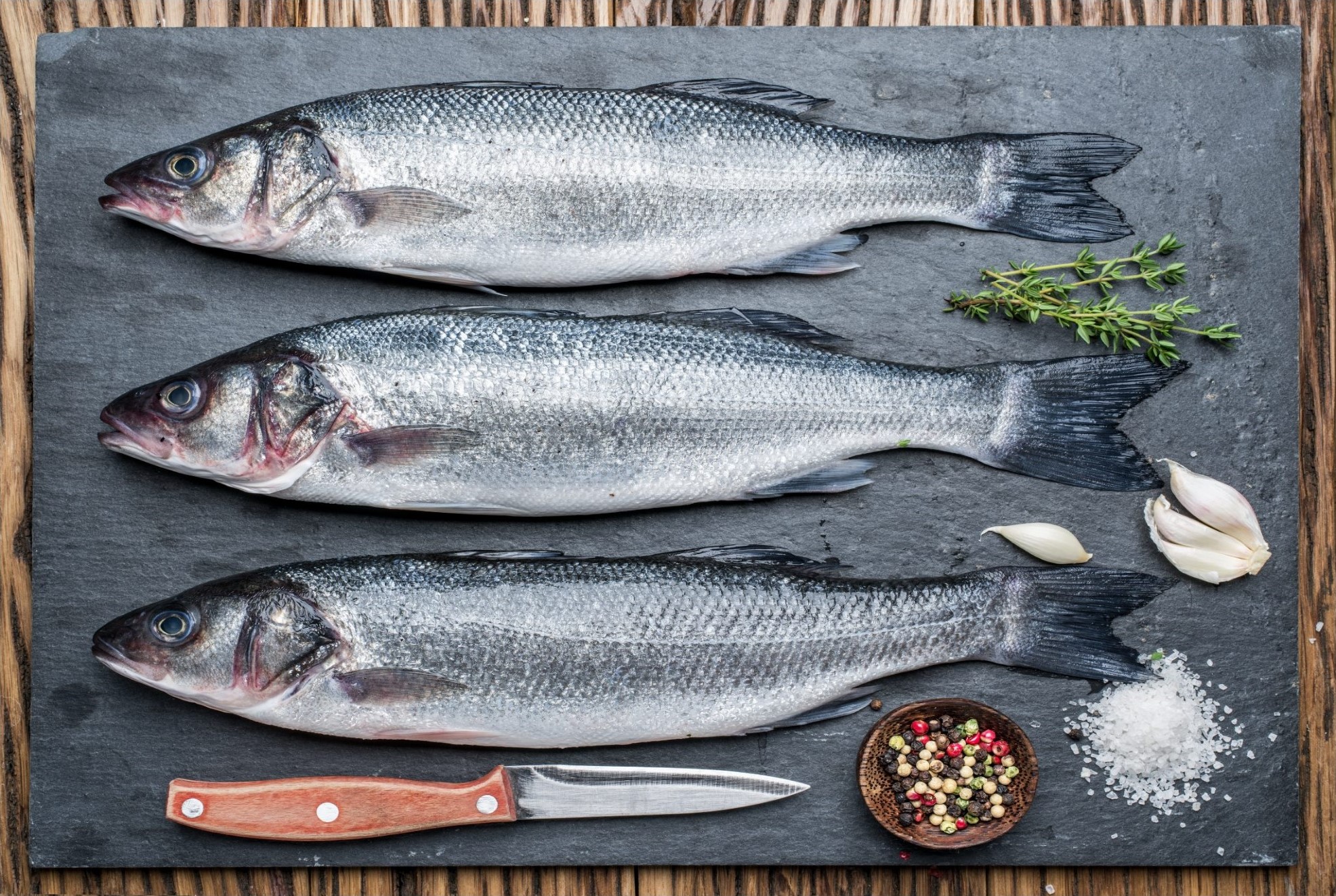
So far this year, Italy was one of the most important destinations for Croatia agriculture and food exports. Their total consumption of Croatia agriculture and food exports was 300.8 million Euros, which amounts to 17.76 percent of Croatia's exports in the sector. Croatia agriculture and food exports to Italy increased by 21.9 percent this year, while imports from Italy to Croatia in the same period was 263 million Euros, a decrease of 16.6 percent on 2019. This creates a surplus of 37.6 million Euros.
The most important Croatia agriculture and food exports to Italy are maize, wheat and soybeans, tobacco-related products, sea bass (brancin) and bream (orada).
For the last five years, Croatia agriculture and food exports top consumer has been Germany. For the past seven years, Germany has also been the country from which Croatia has imported the most.
Agriculture: Why Can't Croatia Grow Enough Food For Its Own Needs?
As Zvjezdana Blazic/Poslovni Dnevnik writes on the 29th of May, 2020, agriculture and the food industry among the key sectors in times of crisis, especially crises on the scale this one is.
When we talk about agriculture and the accompanying agri-food industry in this day and age, the first thing that we need to clear up is that despite Slavonia once being the bread basket of the region, is that now - Croatia is a country dependent on food imports.
We all have to ask ourselves why a country with so much natural potential, quality agricultural land, plenty of water and a very diverse climate and landscape can't grow and produce enough food for its own needs, despite the fact that it has all of the necessary resources to do so? Why does Croatia import food worth 3.5 billion euros?
Every year, Croatia spends more and more money from European Union funds and the state budget, which is allocated for various types of payments, so-called incentives for agricultural production that is either falling or stagnant. There is a large disproportion between the aid invested and the actual output that is achieved.
In the period from 2005 to 2017, 44 billion kuna was invested in agriculture, an average of 3.2 billion kuna annually, and the value of Croatia's agricultural output has been falling or stagnating for years. It is now close to 17 billion kuna, and before joining the EU it stood at 21 billion kuna. Croatia is burdened with problems when it comes to its agriculture sector that have remained unsolved for years:
Croatia doesn't have a clear vision of what it wants to get out of its own agricultural production, nor what the future of the country's many rural areas is
As a result of the demographic crisis, there has been huge depopulation in Croatia's rural areas
There is inadequate management of land as the main resource for agricultural production, so Croatian estates remain small and fragmented. For the structure of Croatia's agricultural production in which cereals predominate, the average size of agricultural holdings of 11.6 hectares is inadequate
The land is undeveloped and the plots are small and fragmented
The vertical value chain between farmers, the processing industry and retail is broken (except in the case of large integrated systems), and the food processing industry relies heavily on imported raw materials
There is low productivity, and in some sectors Croatia remains the worst in the EU, but there are still relatively high labour costs
Croatia has outdated technology, and there are high costs that come with introducing food quality and safety standards
The resistance of agricultural producers to associations that are too small to enter the market, they are poorly technologically equipped, and the situation is plagued by unfavourable age and qualification structures
Poor public infrastructure, eg irrigation, storage capacity, cold storage, logistics
There is a low level of cooperation with scientific research institutions and the academic community
Poor credit availability remains problematic, as do high tax burdens
There is weak, slow and ineffective administrative support in solving problems in agriculture
Croatia's agriculture sector, much like an array of other sectors, is overwhelmed by draconian bureaucratic regulations, laws, ordinances and instructions on how farmers should produce. The state has burdened them so much with various administrative obligations that they do not have enough time to invest in their actual production.
Owing to the coronavirus pandemic, Croatia is now at a pivotal moment in terms of determining the further development of its agricultural policy. We're waiting for the revision of the payment system for agriculture from EU funds in the new programming period and changes to the Common Agricultural Policy.
European Union member states have not yet agreed on a new programming period, primarily being stuck on on financial envelopes and on new rules.
Given the significant changes that have taken place globally in agriculture, as a result of the outbreak of the new coronavirus, we believe that green payments and the protection of rural areas, among an array of other factors, will be more seriously reconsidered.
Experts believe that Croatia must start from production, provide food for its own population, ensure food security in case of any threats like the one we have experienced and is still ongoing, as this is an issue of self-sufficiency and national security. Croatia has the conditions for production and we should be obliged to properly use them.
For more, follow our lifestyle page.


